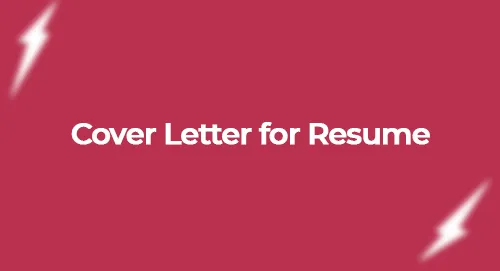Cover Letter Secrets
Crafting a compelling cover letter is an art, a crucial step in the job application process. It’s your first impression, a chance to showcase your personality, and highlight why you’re the perfect fit for the role. Unlike a resume, which is a factual account of your experience, a cover letter allows you to tell a story, connecting your skills and experiences to the specific needs of the employer. It’s about making a memorable impression, piquing their interest, and ultimately, securing an interview. A well-written cover letter goes beyond simply listing your qualifications; it demonstrates your enthusiasm, attention to detail, and understanding of the company’s goals. Mastering the art of the cover letter can significantly boost your chances of landing your dream job. Now, let’s unveil the top 5 secrets to writing an outstanding cover letter.
Highlighting Your Skills
A cover letter is your opportunity to shine a spotlight on the skills that make you the ideal candidate. Don’t just list your skills; illustrate them. Think about the key requirements of the job and identify the skills you possess that align with those needs. Give concrete examples. For instance, if the job description emphasizes project management skills, don’t just state ‘Proficient in project management’. Instead, describe a specific project you managed, the challenges you faced, and the successful outcomes you achieved. Use action verbs to describe your accomplishments and focus on the most relevant skills for the specific position. Tailor this to each application, ensuring you directly address the employer’s needs and show them why your skill set is a perfect match.
Show, Don’t Tell
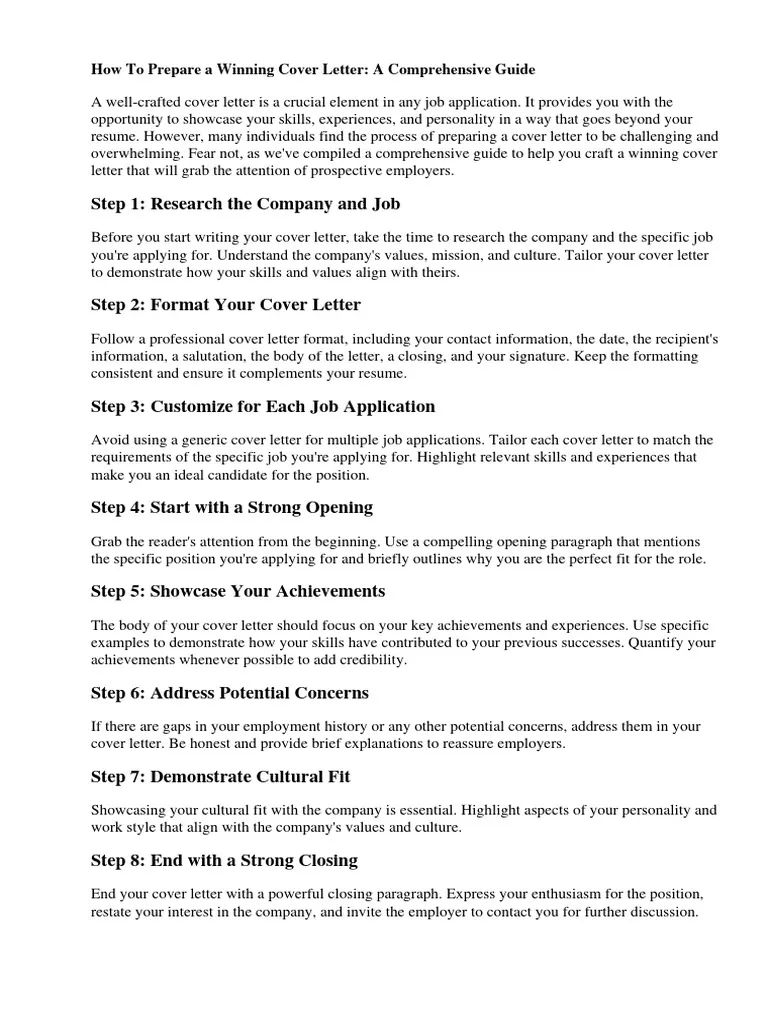
This is where you demonstrate your value. Instead of simply stating your qualities, prove them through your accomplishments. Use specific examples from your past experiences to back up your claims. For example, instead of saying ‘I am a good communicator’, you might say, ‘In my previous role, I successfully led a team of 10 through a critical project, effectively communicating progress and resolving any issues, resulting in the project being completed ahead of schedule.’ Showing your abilities through concrete examples makes your cover letter more credible and memorable. It adds weight to your claims and provides the employer with tangible evidence of your capabilities. The more specific your examples, the more convincing your cover letter will be. When you show, you captivate the reader’s attention and provide them with a clear picture of how you can contribute to their organization.
Research the Company
Before writing a cover letter, you must thoroughly research the company you are applying to. Understanding their mission, values, and recent projects shows your genuine interest and allows you to tailor your letter to their specific needs. Visit their website, read their ‘About Us’ section, and explore their social media profiles. Pay attention to their recent news, announcements, and any initiatives they are currently undertaking. The more you know about the company, the better equipped you are to demonstrate how your skills and experiences align with their goals. Mentioning specific projects, initiatives, or values that resonate with you demonstrates that you’ve done your homework and are genuinely interested in joining their team. This level of detail shows you care, and that you are not just sending a generic application.
Quantify Your Achievements
Numbers speak volumes. Whenever possible, quantify your achievements to demonstrate your impact. Instead of saying ‘Improved customer satisfaction’, say ‘Improved customer satisfaction by 15% in six months’. Providing specific numbers, percentages, and metrics makes your accomplishments more tangible and impressive. Did you increase sales? Reduce costs? Improve efficiency? Providing concrete numbers gives the employer a clear understanding of the value you brought to your previous roles. Use data to showcase your abilities, making your cover letter much more impactful. Include results wherever you can, showing the concrete impact you had on previous projects, roles and responsibilities. These metrics back up your claims and provide tangible evidence of your skills and impact, which makes your application far more persuasive.
Tailor Each Letter
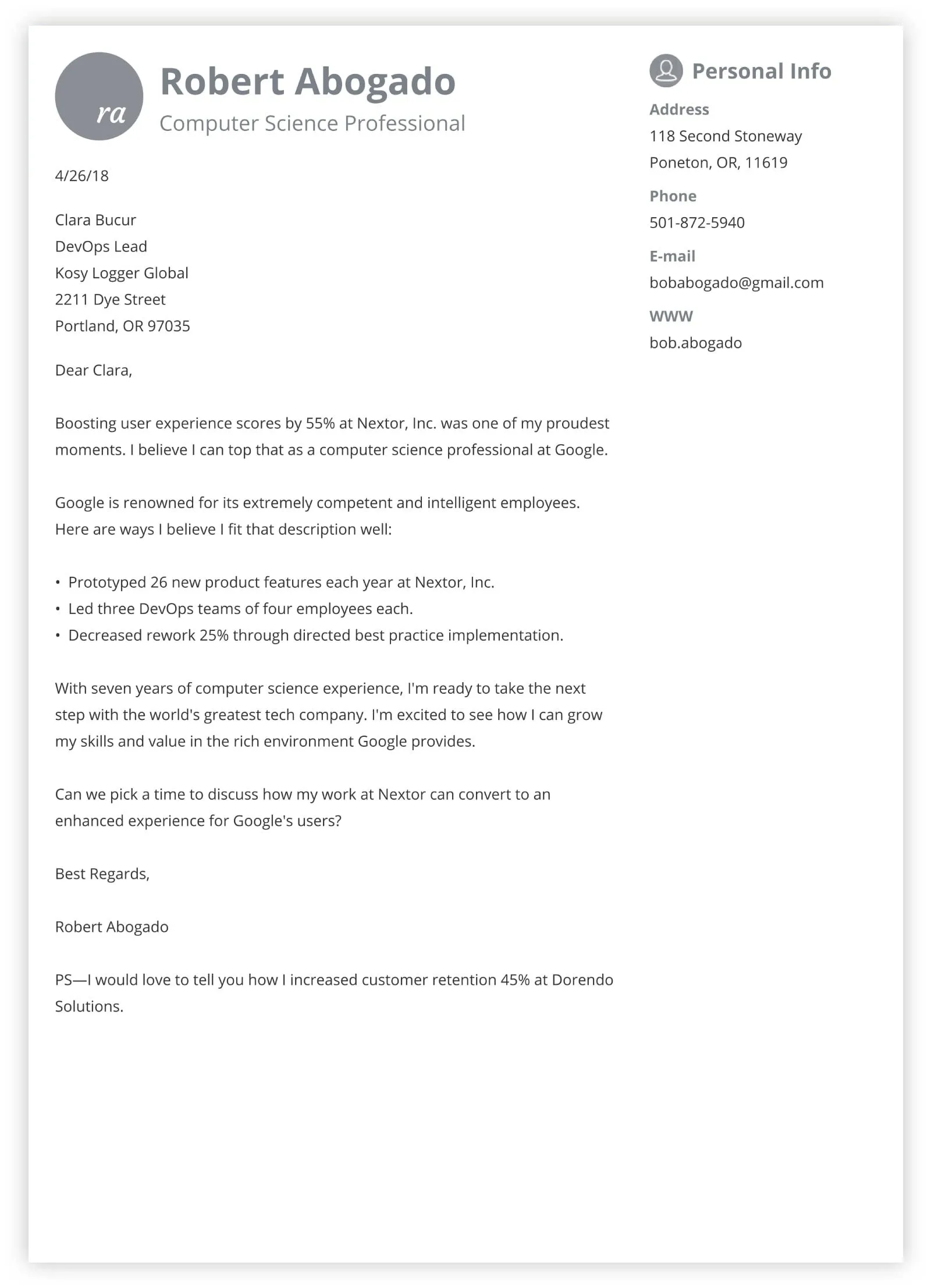
Never use a generic cover letter. Customize each letter to the specific job and company you are applying to. This demonstrates your genuine interest and attention to detail. Read the job description carefully and identify the key requirements and preferred skills. Tailor your letter to highlight your relevant experiences and skills. Explain how your qualifications align with the company’s needs. Mentioning specific projects, values, or initiatives demonstrates that you’ve done your homework and are genuinely interested in joining their team. Personalization shows the hiring manager you’ve taken the time to understand their needs and that you are the right person for the role. Addressing the letter to the hiring manager and referencing specific details about the company are great ways to show that you’ve done your research and are genuinely interested.
Cover Letter Structure
Introduction Grab Attention
The introduction of your cover letter is your first opportunity to grab the reader’s attention. Start with a strong opening statement that immediately highlights your interest in the role and the company. Avoid generic phrases. Instead, make it engaging and relevant to the specific job. You could start by mentioning a mutual connection, referencing a company achievement, or stating your enthusiasm for the position. Your goal is to hook the hiring manager from the start and make them want to read the rest of your letter. The introduction sets the tone for the entire letter, so make it count. The first few sentences are critical to grab attention and make the reader interested in learning more about you.
Body Show Value
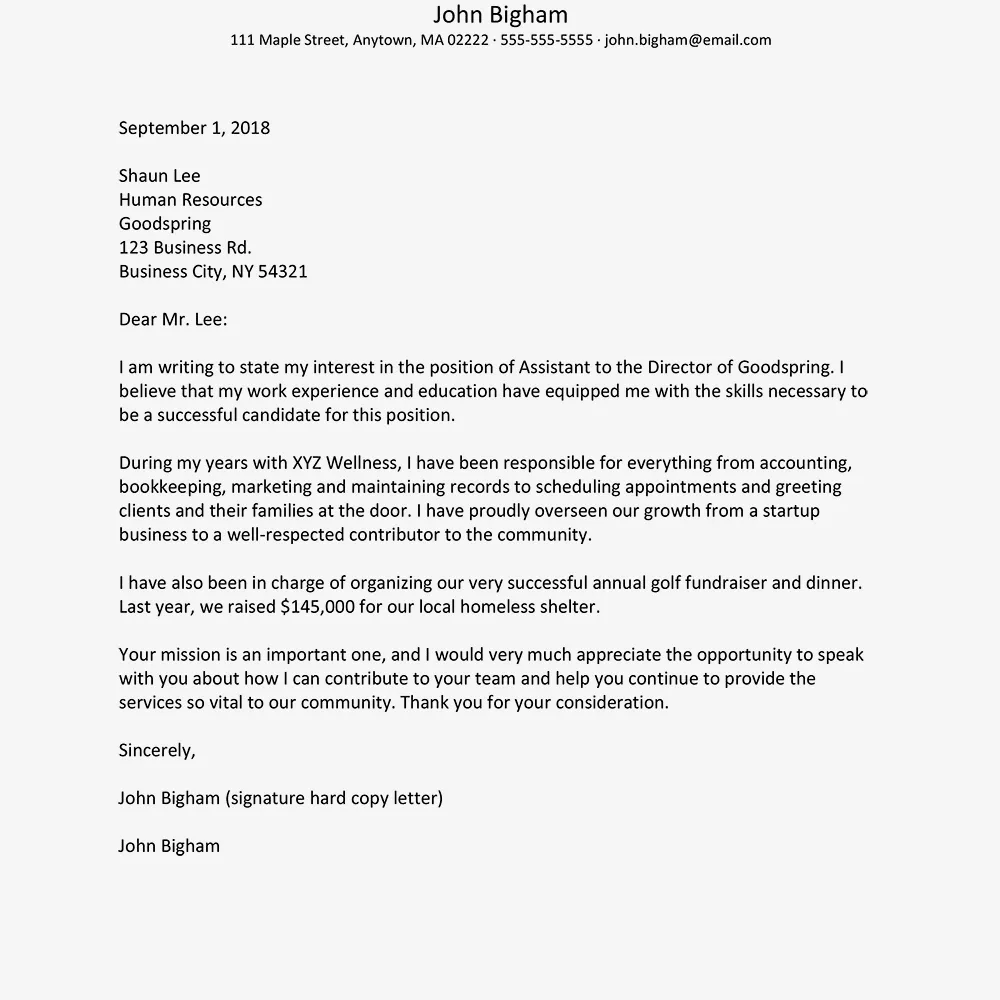
The body of your cover letter is where you demonstrate your value and skills. Use this section to elaborate on your qualifications and experiences, providing concrete examples that support your claims. Connect your skills and experiences to the specific requirements of the job description. Explain how your past accomplishments have prepared you for this role and how you can contribute to the company’s success. The body should be well-organized and easy to read, with each paragraph focusing on a specific point. Aim to keep the body concise and focused, highlighting only the most relevant information. This part of the letter should showcase your personality, and give the reader a glimpse into the value you can bring to their organization.
Closing Call to Action
The closing of your cover letter should include a clear call to action. Reiterate your interest in the position and the company. Express your enthusiasm for the opportunity to interview and discuss your qualifications further. Thank the hiring manager for their time and consideration. Include a professional closing phrase, such as ‘Sincerely’ or ‘Best regards,’ followed by your name and contact information. This final section reinforces your interest and makes it easy for the hiring manager to take the next step, setting you up for the interview stage. Make sure it is well-written, and includes all relevant information to improve your chances of hearing back about the opportunity.
Formatting and Design
Choose a Professional Font
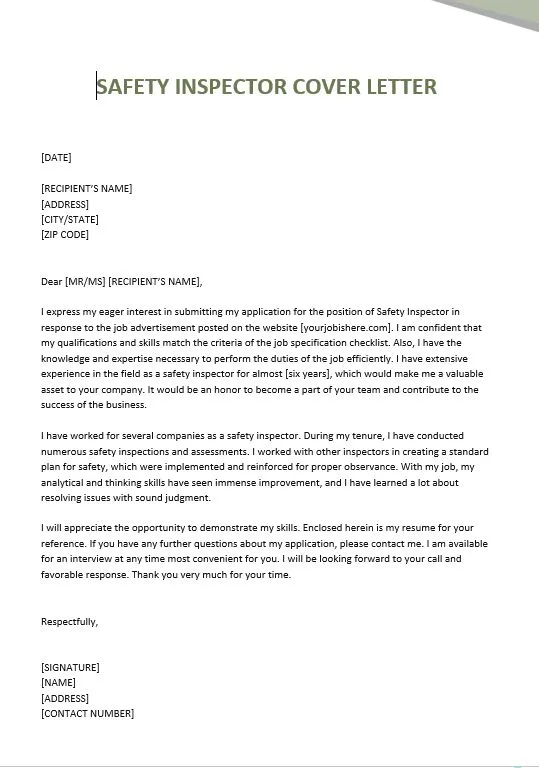
The font you choose sets the tone for your cover letter. Select a professional, easy-to-read font such as Times New Roman, Arial, or Calibri. Ensure the font size is between 10 and 12 points for optimal readability. Avoid overly stylized or decorative fonts, as they can distract from the content. Maintain consistent formatting throughout the entire document, including headings, bullet points, and paragraphs. Use clear and concise language, avoiding jargon and unnecessary complexity. The goal is to create a document that looks clean, professional, and easy for the hiring manager to read and understand.
Keep it Concise
Keep your cover letter concise and to the point. Aim for a maximum length of one page. Hiring managers are busy, so they don’t have time to read long-winded letters. Focus on the most important information, highlighting your relevant skills and experiences. Use clear, concise language and avoid unnecessary details. Break up long blocks of text with headings, bullet points, and white space to improve readability. Proofread your letter carefully to eliminate any typos or grammatical errors. The goal is to create a document that is easy to scan and quickly conveys your qualifications and value to the employer.
Proofread Meticulously
Proofreading is essential. Typos and grammatical errors can create a negative impression and undermine your credibility. Carefully review your cover letter for any mistakes in spelling, grammar, punctuation, and formatting. Consider having someone else proofread it for you. A fresh pair of eyes can often catch errors that you might miss. Pay close attention to details, such as the correct spelling of the hiring manager’s name and the company’s name. Ensure that all the information is accurate and up-to-date. A well-proofread cover letter demonstrates your attention to detail and your commitment to presenting yourself in the best possible light. It also shows that you care enough to put in the extra effort.
Additional Tips for Success
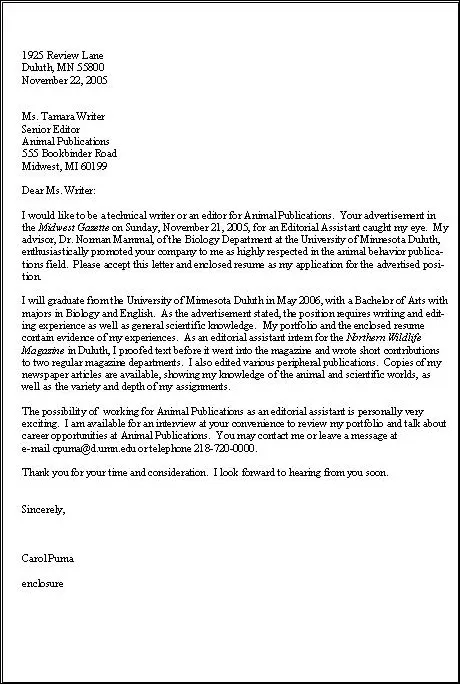
Use Keywords
Incorporate keywords from the job description throughout your cover letter. Applicant Tracking Systems (ATS) scan cover letters for relevant keywords. While it’s important to write naturally, ensure your letter includes the terms and phrases used in the job posting. This is important to get past the initial ATS screening. The more keywords you have, the better your chance of passing this initial screening. This will increase the likelihood that your application will be reviewed by a human. Be mindful of keyword stuffing and maintain a natural flow of writing while incorporating these terms.
Address the Hiring Manager
Whenever possible, address your cover letter to the hiring manager by name. This shows you’ve done your research and are genuinely interested in the position. If the hiring manager’s name isn’t available, try to find out their name through LinkedIn or by calling the company’s human resources department. If you can’t find a specific name, use a professional greeting, such as ‘Dear Hiring Manager.’ Personalizing your cover letter increases the chances of it being read. Addressing the cover letter directly is a small detail but a great way to make a good impression.
Proofread for Errors
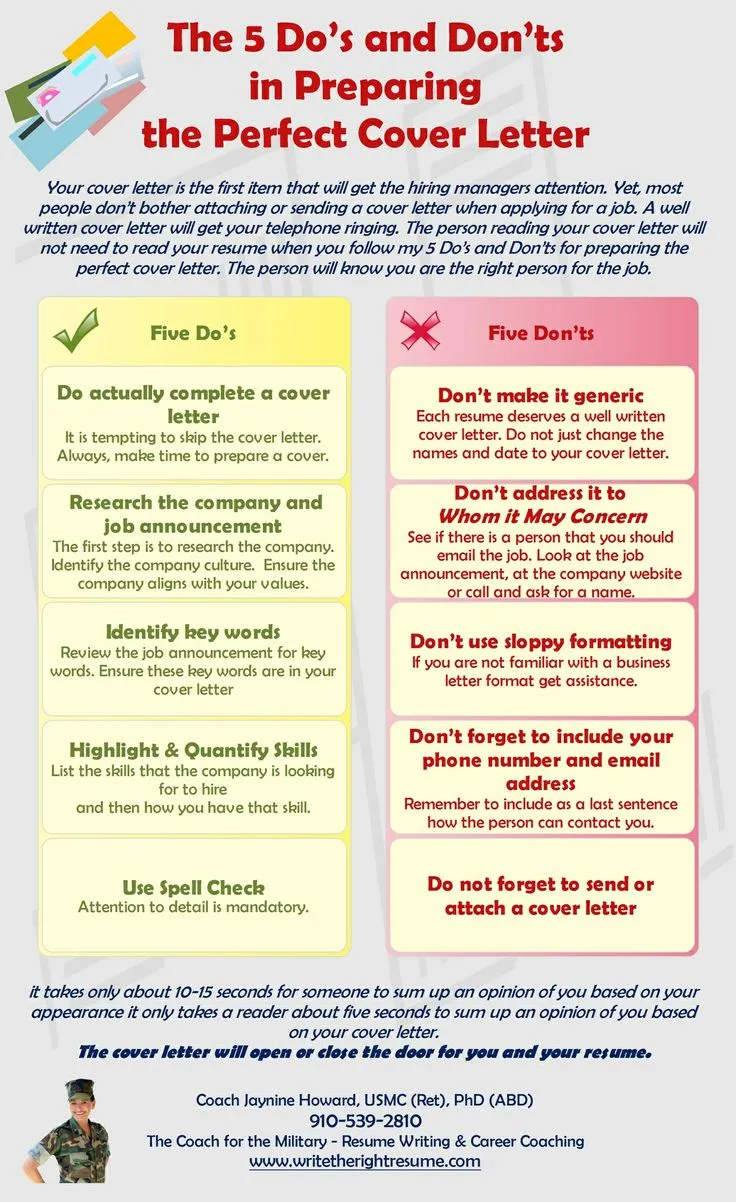
Proofreading one last time for any typos, grammatical errors, or formatting issues is crucial. Errors can undermine your credibility and make you appear careless. Carefully review your cover letter, paying attention to spelling, grammar, punctuation, and sentence structure. Consider having a friend, family member, or career counselor review your cover letter for a fresh perspective. A well-proofread cover letter demonstrates professionalism and attention to detail, increasing your chances of getting an interview.
